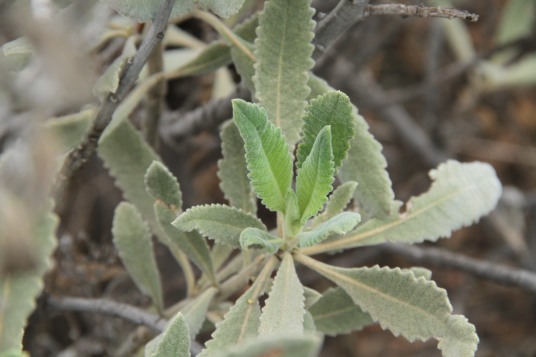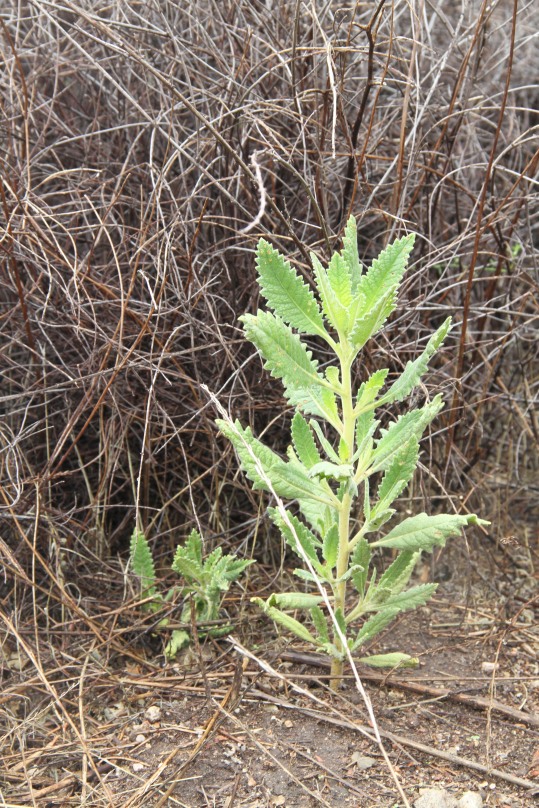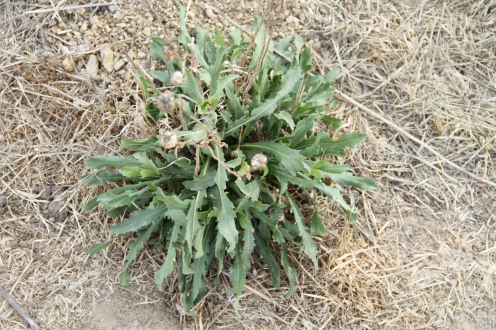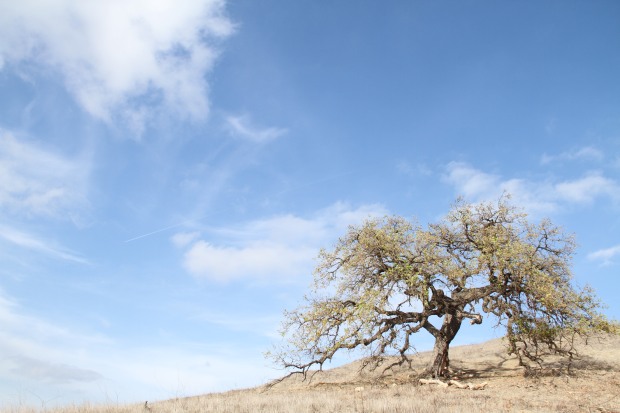
Back and neck pain can be debilitating. They can keep us from work and the activities that we love. I recently read a comprehensive review of the existing research on the effectiveness of Complementary and Alternative Medicine treatments for back and neck pain. The methods tested were chiropractic manipulation, acupuncture, and massage. The reason why such a study is necessary is highlighted by the following quote from the authors:
“The prevalence of back and/or neck pain in US in 2007 was estimated to be 31 percent. The costs associated with low productivity, lost-time at work, permanent disability, and healthcare are enormous. Conventional medical treatments have been shown to have limited effectiveness in the management of back and neck pain.”
That’s almost 1 in 3 Americans that suffer from back and neck pain. I myself suffered from chronic neck and back pain for 10 years. Luckily I found relief which we’ll discuss later in the post. For those of us with chronic back and neck pain, day to day life can be painful and taxing. Neck pain and it’s causes can often lead to headaches. Many of us must be careful when bending down to simply pick up a sock off the floor for fear of “throwing out our back.”
Relief for those of us with back and neck pain can be hard to find. If we visit our primary care provider we may be offered only pain medication or a referral to a specialist. Even the specialists may only be able to help us with medication or surgery. We can get cortisone shots, but that doesn’t fix the problem, merely alleviates it temporarily, and getting cortisone shot after shot weakens the effected tissue increasing the likelihood of injury.
Surgery in these areas can be dangerous and is often ineffective. The reasons for failed surgeries vary, but it is sometimes because of the fact that the pain was the result of soft tissue injury or disorder instead of the herniated disk being operated on. In other words, misdiagnosis of the cause of pain. The potential risks involved in back and neck surgeries and the relatively low rate of effectiveness mean that they should be a last option for any individual seeking care. I have seen multiple clients that were much worse off after their surgery. That being said surgery is of course sometimes necessary, and I have had clients whose back surgery had wonderful life changing results.
Now to answer the big question. How effective are complementary and alternative medicine treatments in relieving back pain? Well, the results are mixed and not really conclusive. All three treatment methods reviewed showed good relief of pain short term post treatment, but did not have statistically significant effects long-term. Beyond that, this review of the available literature shows that the studies were not of high quality in their design and execution. To me this is likely due to the fact that treatments like massage therapy are much more difficult to test definitively in a laboratory than a pill. Most of the tests also didn’t differentiate between the causes of the back pain. If someone has back pain that is actually due to a bulging disc interfering with a nerve, I wouldn’t expect massage or acupuncture to have much long-term effect. Here is the full article for those interested: http://www.ncbi.nlm.nih.gov/books/NBK56298/
So does this discourage me as a massage therapist, and does it discourage me from getting massage as a client. NO!!
For one thing, this review lumps all of massage therapy into one category. There are countless massage modalities and many of them differ in their fundamental treatment philosophies as well as their techniques. While I did not access all of the original articles reviewed in this summary, much of massage research tests Swedish and deep tissue massage, the most commonly practiced modalities.
It does not surprise me in the least that Swedish and Deep tissue treatments have not been shown to consistently give long-term relief for back and neck pain. These modalities treat generally, and aim to “loosen” muscles and create a whole list of general effects that are not well proven in the research. Don’t get me wrong, Swedish and Deep Tissue treatments performed by a skilled practitioner can be wonderful and provide many health benefits including short term pain relief. Massage therapy for low back pain is well researched and the results are favorable. But to truly relieve pain and correct it’s cause, you must get to the root of the issue.
Back pain has many causes, but one of the most common is soft tissue injury and disorder. This often goes un-diagnoses by primary care physicians for one because they don’t specialize in or treat soft tissue injury, and secondly because scans such as MRI’s can miss minor soft tissue damage which can cause major pain.
DISCLAIMER: From now on many of the things that I say will be opinion and have not been proven through research. That being said much of this knowledge and opinion is the result of, my teacher, Dr. Yung-Hui Hsieh’s 40 years of clinical experience treating soft tissue injury.
I came to Dr. Hsieh first as a patient seven years ago when he helped me with my chronic neck pain. For the past 8 months I have been apprenticing with Dr. Hsieh and have seen countless patients, including myself and my fellow apprentice, be relieved from neck and back pain permanently.

So how is Yung-Hui Practice, Dr. Hsieh’s system, so different from other massage modalities. Yung-Hui Practice seeks to find the real root cause, and does so with a thorough understanding of anatomy and soft tissue injury.
Whenever soft tissue (muscles, tendons, ligaments, connective tissue) is injured, the body forms scar tissue to patch up the wound. This is the bodies natural healing process and is inevitable. Sometimes while this scar tissue is forming, it forms adhesions to surrounding healthy tissue. This is often the key to chronic pain and re-injury. When adhesions form, tissues that should normally be moving independently, working together to support and move the body, are now stuck together and tugging on each other creating inflammation, pain, and limited movement.
Yung-Hui Practice seeks to find these specific injury sites through feeling the texture and mobility of the soft tissue. Once the injury sites are found adhesions can be separated through manual manipulation, or even prevented altogether if the injury is caught when it is new.
All of the soft tissue in the neck and back can become injured, but Dr. Hsieh has noted many commonly occurring injury sites which he explains thoroughly in his book. I won’t bore you with all of them here.
Personally, I had injured some of the ligaments and muscles in my neck over years of playing sports, snowboarding, and riding dirt-bikes. When the adhesions which formed in these tissues were separated, the pain and limited motion in my neck was solved.

One of my fellow apprentices has had lower back pain for years. His main injury seems to have been to the connective tissue (fascia) as it attaches to his third lumbar vertebra. Through treating this and multiple other injury sites in his back, we have seen good improvement after just a few sessions.
Hopefully Dr. Hsieh will have a chance to put his system to the test in a formal research setting to show what he has already seen through 40 years of clinical practice.
What I would most like to convey is that if you are suffering from chronic back or neck pain, don’t lose hope. Many who Dr. Hsieh has seen over the years have been to top specialists all over the world before finding relief from his methods, and I have seen wonderful results with my clients as well. If you decide Yung-Hui Practice is not for you, keep looking and have faith that the solution to your pain is out there. I wish you luck my fellow pain relief seekers, and I am happy to help in any way that I can whether through answering questions or providing treatments. Take care of yourselves folks.
 Hello, this is an open invitation to all those in the West Hills and Woodland Hills Area.
Hello, this is an open invitation to all those in the West Hills and Woodland Hills Area.



















